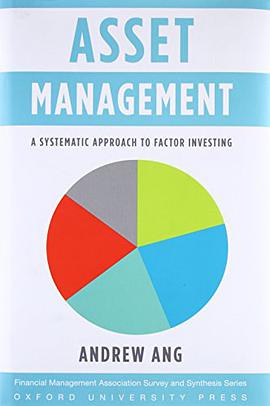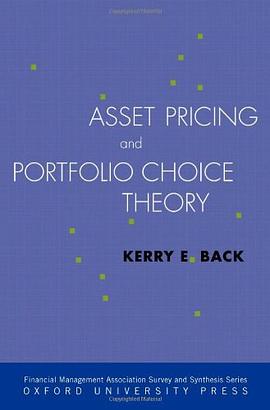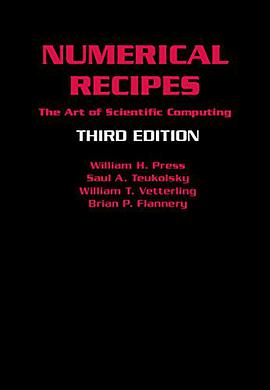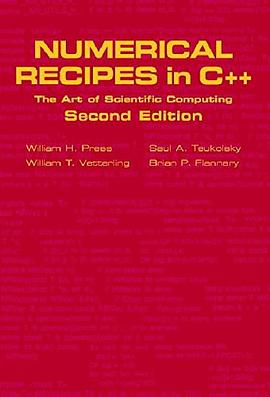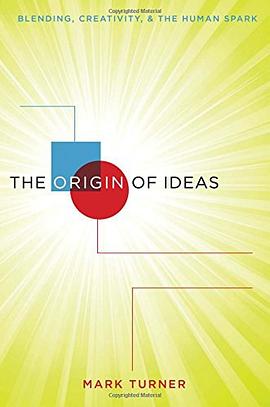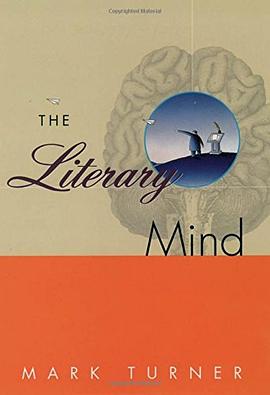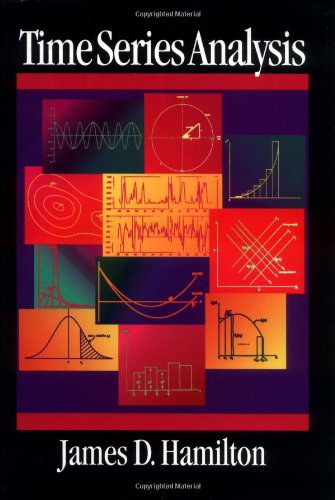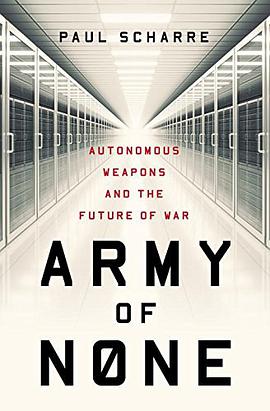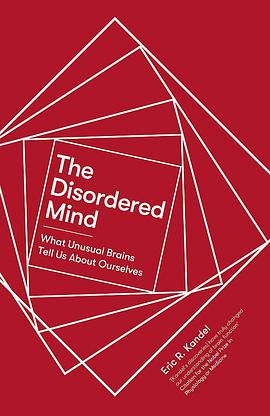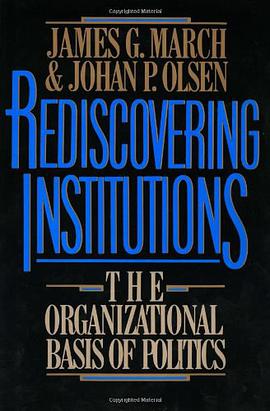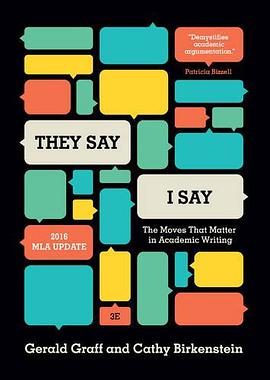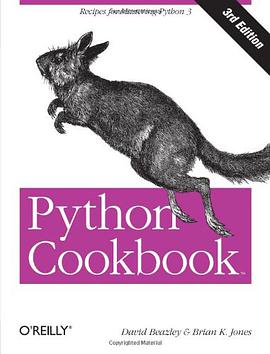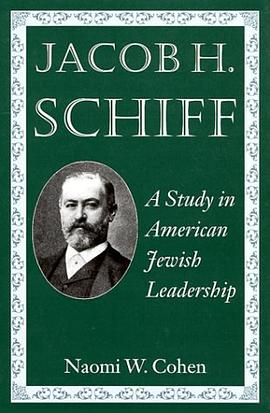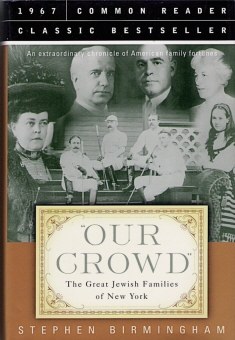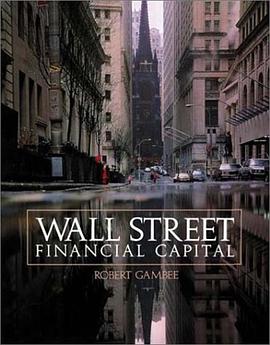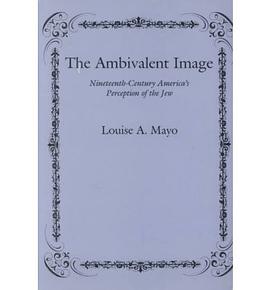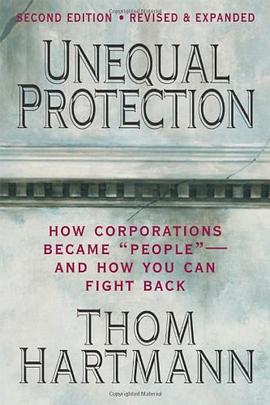Asset Management 豆瓣 Goodreads
作者:
Andrew Ang
Oxford University Press
2014
- 8
Stocks and bonds? Real estate? Hedge funds? Private equity? If you think those are the things to focus on in building an investment portfolio, Andrew Ang has accumulated a body of research that will prove otherwise.
In his new book Asset Management: A Systematic Approach to Factor Investing, Ang upends the conventional wisdom about asset allocation by showing that what matters aren't asset class labels but the bundles of overlapping risks they represent. Making investments is like eating a healthy diet, Ang says: you've got to look through the foods you eat to focus on the nutrients they contain. Failing to do so can lead to a serious case of malnutrition-for investors as well as diners.
The key, in Ang's view, is bad times, and the fact that every investor's bad times are somewhat different. The notion that bad times are paramount is the guiding principle of the book, which offers a new approach to the age-old problem of where do you put your money? Years of experience, both as a finance professor and as a consultant, have led Ang to see that the traditional approach, with its focus on asset classes, is too crude and ultimately too costly to serve investors adequately. He focuses instead on "factor risks," the peculiar sets of hard times that cut across asset classes, and that must be the focus of our attention if we are to weather market turmoil and receive the rewards that come with doing so. Optimally harvesting factor premiums-on our own or by hiring others-requires identifying your particular set of hard times, and exploiting the difference between them and those of the average investor.
Clearly written yet chock-full of the latest research and data, Asset Management will be indispensable reading for trustees, professional money managers, smart private investors, and business students who want to understand the economics behind factor risk premiums, harvest them efficiently in their portfolios, and embark on the search for true alpha.
In his new book Asset Management: A Systematic Approach to Factor Investing, Ang upends the conventional wisdom about asset allocation by showing that what matters aren't asset class labels but the bundles of overlapping risks they represent. Making investments is like eating a healthy diet, Ang says: you've got to look through the foods you eat to focus on the nutrients they contain. Failing to do so can lead to a serious case of malnutrition-for investors as well as diners.
The key, in Ang's view, is bad times, and the fact that every investor's bad times are somewhat different. The notion that bad times are paramount is the guiding principle of the book, which offers a new approach to the age-old problem of where do you put your money? Years of experience, both as a finance professor and as a consultant, have led Ang to see that the traditional approach, with its focus on asset classes, is too crude and ultimately too costly to serve investors adequately. He focuses instead on "factor risks," the peculiar sets of hard times that cut across asset classes, and that must be the focus of our attention if we are to weather market turmoil and receive the rewards that come with doing so. Optimally harvesting factor premiums-on our own or by hiring others-requires identifying your particular set of hard times, and exploiting the difference between them and those of the average investor.
Clearly written yet chock-full of the latest research and data, Asset Management will be indispensable reading for trustees, professional money managers, smart private investors, and business students who want to understand the economics behind factor risk premiums, harvest them efficiently in their portfolios, and embark on the search for true alpha.
